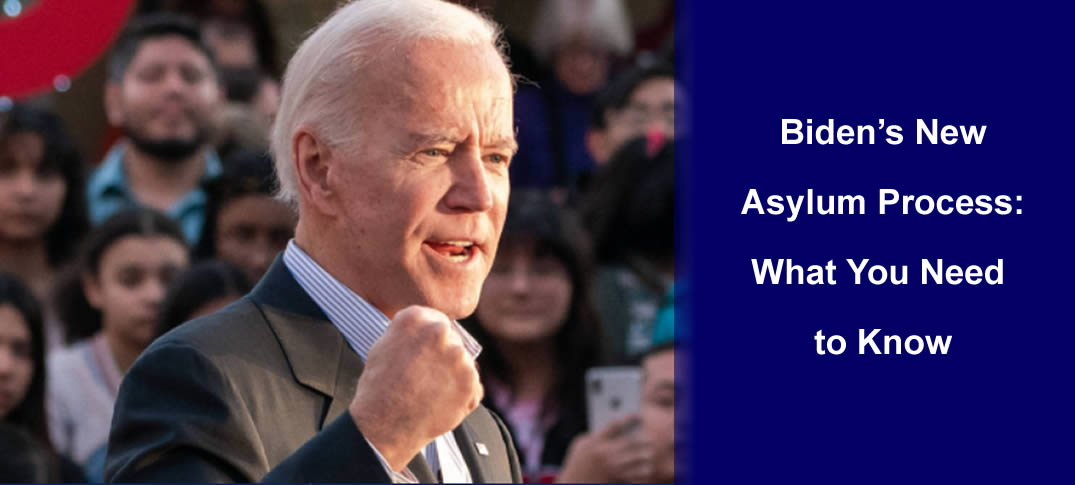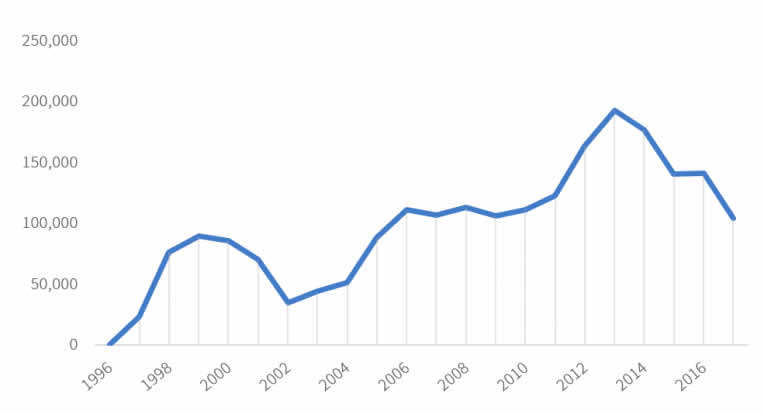The Biden administration finalized its long-anticipated plan for overhauling the asylum system on March 24. The regulation, which is set to go into effect on an interim basis in 60 days, was first put forward for public comment in August 2021.
Asylum seekers arriving at the border and processed under the new regulation would potentially be able to have their entire case adjudicated within 6 months, as opposed to 3-4 years or more under the current system. The rule does not affect current cases and applies only to people who arrive after it goes into effect.
Although this new system could be a huge benefit to individuals with slam-dunk asylum cases, the rapid timelines envisioned in the regulation are likely to make the system much harder to navigate successfully for everyone else.
More information https://www.inmigracionyvisas.com/a5405-Biden-New-Asylum-Process.html













